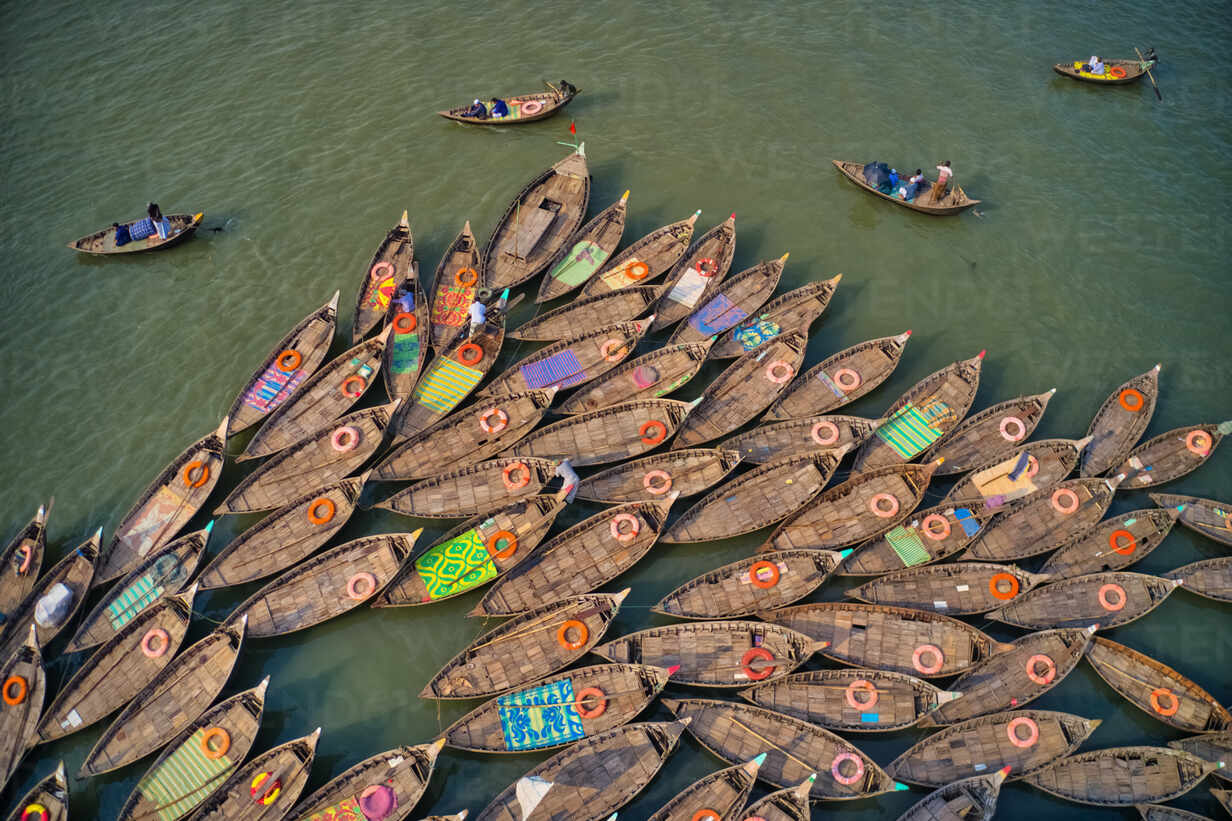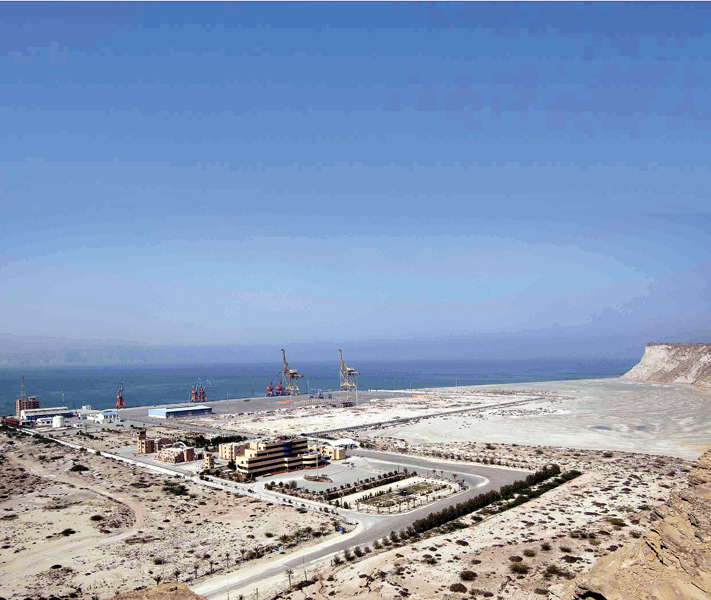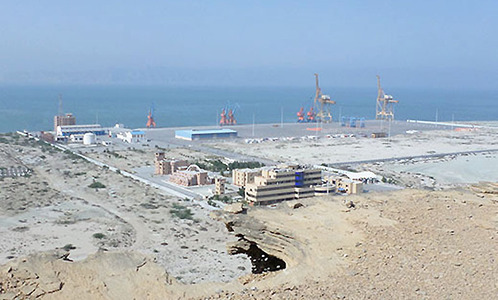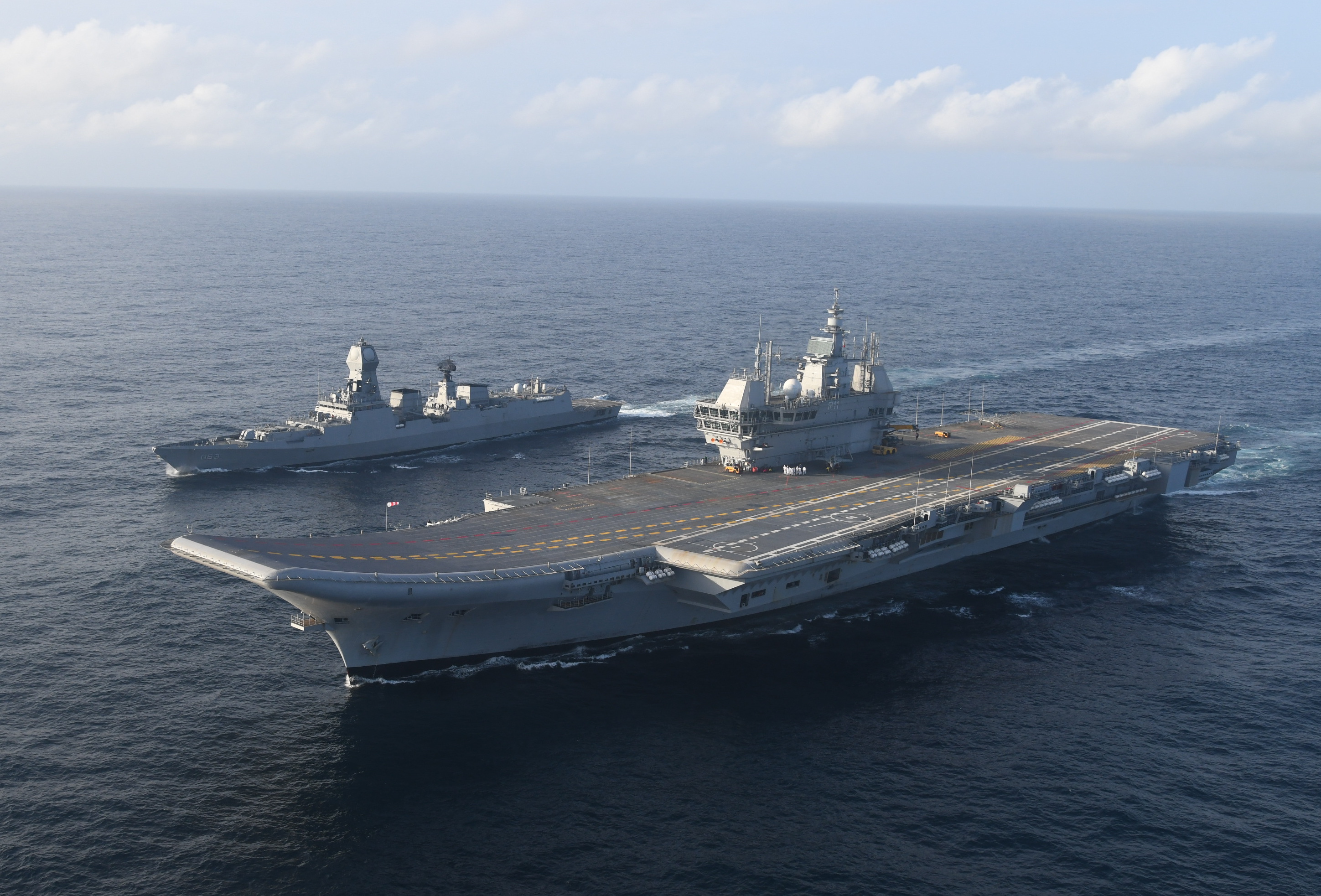Black_cats
ELITE MEMBER

- Joined
- Dec 31, 2010
- Messages
- 10,031
- Reaction score
- -5
Bangladesh's new submarine base, built with Chinese help, should alarm India
By Girish LingannaFirst Published Mar 25, 2023, 10:04 AM ISTHIGHLIGHTS
The construction of the new submarine base resulted from a pact inked between Bangladesh and China in September 2019, with the commencement ceremony in February 2021.

Bangladesh, on March 23, officially unveiled the nation's first submarine base called 'BNS Sheikh Hasina'. Located at Pekua in Cox's Bazaar, 'BNS Sheikh Hasina' was inaugurated by Prime Minister Sheikh Hasina. Describing the facility as a 'state-of-the-art submarine base', Hasina emphasized its role in improving the naval force's ability to safeguard the nation's extensive maritime assets.
Furthermore, she noted that vessels traversing the Bay of Bengal might also benefit from the support provided by the base. The Prime Minister emphasized her administration's efforts to modernize the armed forces via the Forces Goal 2030 initiative and construct ships in domestic shipyards for both Bangladesh and other nations.
Additionally, she highlighted that the Bangladesh Navy has finished building five patrol vessels at the Khulna shipyard. Moreover, she pointed out that in the past 14 years, the Bangladesh Navy has incorporated 31 naval ships into its fleet, such as four frigates, six corvettes, four sizeable patrol vessels, five patrol vessels, and a pair of training ships.
The construction of the submarine base came as a result of a pact inked between Bangladesh and China in September 2019, with the commencement ceremony taking place in February 2021. The recently built submarine facility has the capacity to house six submarines and eight naval vessels simultaneously.
Strategic Importance
In 2016, Xi Jinping made history as the first Chinese president in three decades to pay a visit to Bangladesh, a nation that has traditionally held stronger ties with India.
Following Xi's trip, a pair of submarines were purchased from China, and Chinese specialists pledged to construct a submarine facility in Bangladesh. This development has raised significant worries for India, as per regional analysts.
Over the past few years, Bangladesh has enhanced its defence capacity by constructing a new airbase near its neighbour, Myanmar, establishing multiple new cantonments throughout the nation, and incorporating additional frigates into its naval fleet.
The global court has resolved Bangladesh's enduring maritime boundary conflicts with neighbouring countries Myanmar and India, enabling Dhaka to solicit proposals from international corporations for oil exploration in the Bay.
Authorities state that the agreement guarantees the nation's autonomy over 111,631 square kilometres of ocean, a territory almost equivalent to its land area.
Bangladesh is enhancing the Navy's capabilities to provide a more robust presence in safeguarding the nation's extensive maritime zones, abundant in natural resources. This also includes combating human trafficking and smuggling, guaranteeing the protection of fishermen, and facilitating secure transit for merchant vessels.
Easing Movement
In November of 2016, a pair of submarines -- BNS Navajatra and BNS Joyjatra -- joined the Bangladesh fleet, transforming the Bangladesh Navy into a comprehensive "three-dimensional" force in accordance with the nation's Forces Goals.
The two submarines belong to the 035G class, measuring 76 meters long and 7.6 meters wide, and are furnished with torpedoes and mines designed to target opposing naval vessels and submarines. According to authorities, the pair of Ming-class submarines are presently docked at the "BNS Issa Khan", which is situated within Chittagong's largest naval base for the Bangladeshi Navy.
Docking in the Karnaphuli River, which is encircled by the bustling Chittagong Port, presented challenges for the Navy, as the port's commercial activities had to be halted while the submarines were manoeuvring. Moreover, the submarines required a unique docking area and additional protective structures to safeguard them against aerial attacks.
In response to these requirements, the government chose to construct a submarine facility in collaboration with China. Implementing this plan was challenging for Bangladesh, as it is bordered by India and Myanmar, according to authorities.













